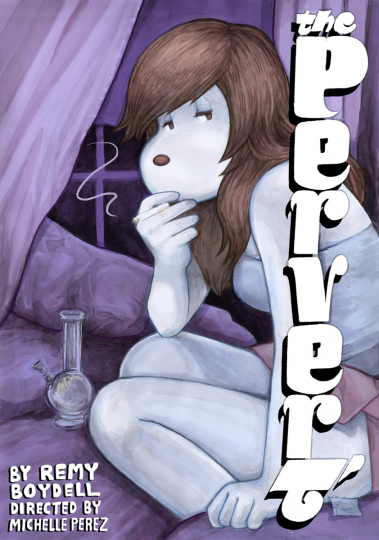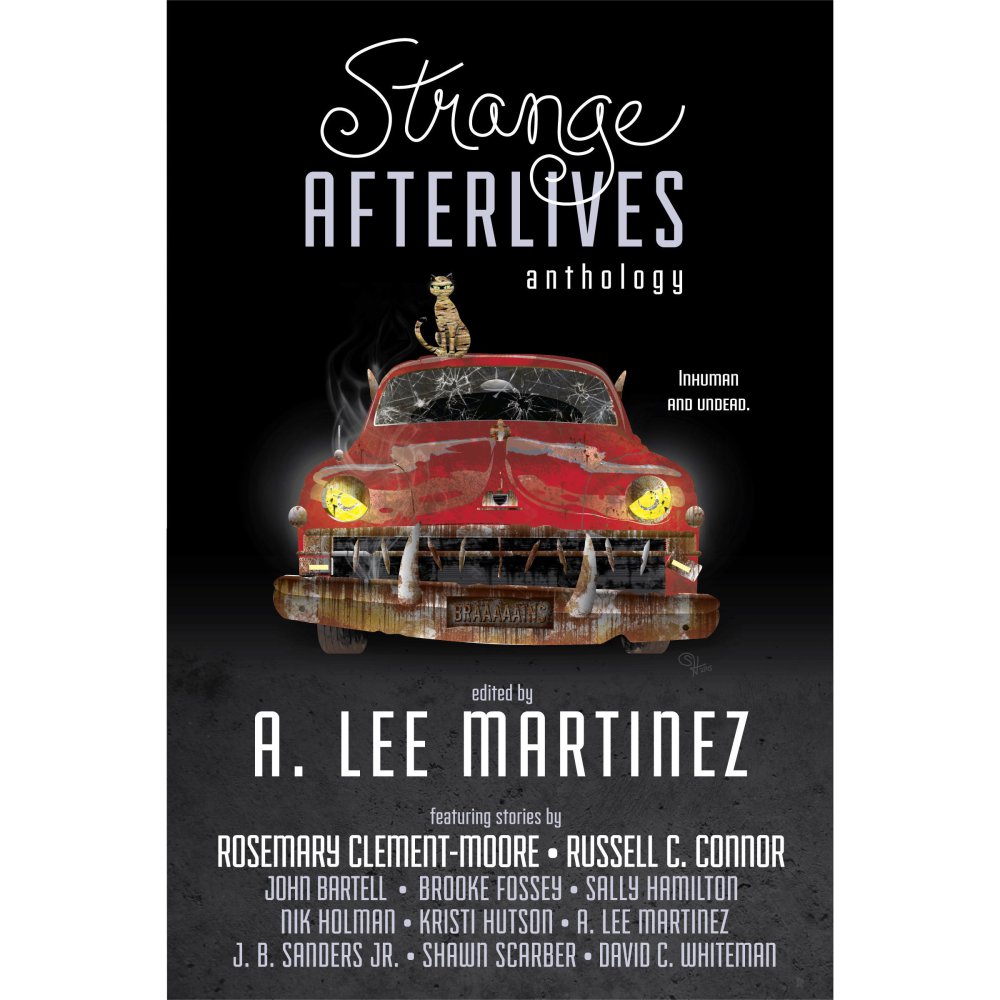The year 1851 marked a monumental change in both the development of American literature and in the abolitionist movement. At the time, slavery was both prevalent and popular, and although the owning of slaves was illegal in many Northern states, economic reasons and greed compelled the passing of the Fugitive Slave Law in 1850.
This law obliged Northerners, Southerners, slave owners, and non-slave owners to return escaped slaves to their masters. As a direct result of this regulation, many escaped slaves who had settled in New York, Vermont, or elsewhere in New England were now in danger of being captured and returned to the South. Formerly free black men and women were also affected by the law, were under the threat of capture, and could be sold at auction with little chance of monetary aid.
The introduction of this decree affected a woman named Harriet Beecher Stowe, for she began the serial publication of her most popular and most infamous novel, Uncle Tom’s Cabin, in the year 1851. Published serially for a year, it reemerged as a novel in 1852, and remained wildly popular. This novel changed the abolitionist movement, which formerly relied on non-fictional slave narratives to convince others of the importance of abolition.
Many non-fiction slave narratives were questioned by white readers, who worried that their accuracy was faulty. Authors like Frederick Douglass, Sojourner Truth, and Harriet Jacobs were often disregarded by white readers as being fear-mongers and propagandists. By simply relying on pure emotion and sentimentality rather than on evidence, Stowe’s fiction work would be more readily accepted and enjoyed.
Harriet Beecher Stowe’s novel would also start a flow of fictional works dedicated to revealing social justice issues, especially those related to slavery. Her novel, which positively depicted many of its black characters as being rational, kind, and Christian, would start both sympathetic and opposing novels.
More than two dozen “Anti-Tom” novels were published, including children’s books and other serially published works. The Civil War was indeed prefaced by a war of words, for Uncle Tom’s Cabin was banned in the South, and was viewed as propaganda.
Stowe’s novel riled up both the North and the South, and continues to infuriate readers, for after all, what right does a gentile white Northerner have to tell the stories of black Southern slaves? Perhaps she should not have told a narrative which did not belong to her. Stowe did, after all, profit from the textual sale of black bodies. She took advantage of stories that were not her own, and although they were fictionalized, many of her accounts were based off true slave narratives. She would later cite these stories in the work A Key to Uncle Tom’s Cabin, which she would publish to combat claims of falsehood.
Stowe’s need for a non-fiction addition was part of the suspicious and classist way in which both Northerners and Southerners viewed her abolitionist fiction. This supplement to Uncle Tom’s Cabin was nearly 400 pages long when it was published in 1853, and was truly remarkable, as it was one of the first times a fiction work needed the aid of non-fiction to back up its universal truths.
Indeed, what makes Stowe’s work so revolutionary is its changing of the way realist fiction was viewed. “Realism” no longer meant imitating the world. Rather, her work of fiction relayed social justice truths about the larger world, inevitably impacting literature forever after. Novels had become a medium for social change, an influence which would not be lost in the years afterward.
 Olivia McCullum is a junior double major in English and international business. She is the chapter president of Delta Mu Delta, the business honor’s society, as well as being the assistant head tutor at the Messiah College Writing Center. Olivia loves reading, sailing, and hiking, and has an especially deep affinity for 17th century playwrights and poets.
Olivia McCullum is a junior double major in English and international business. She is the chapter president of Delta Mu Delta, the business honor’s society, as well as being the assistant head tutor at the Messiah College Writing Center. Olivia loves reading, sailing, and hiking, and has an especially deep affinity for 17th century playwrights and poets.
Above image by moosevlt, used with permission under a Creative Commons License.
Advertisements Share this:




